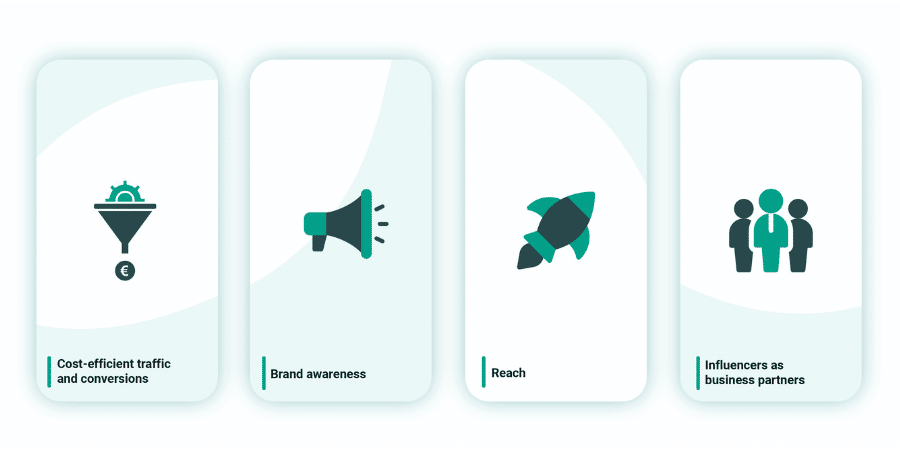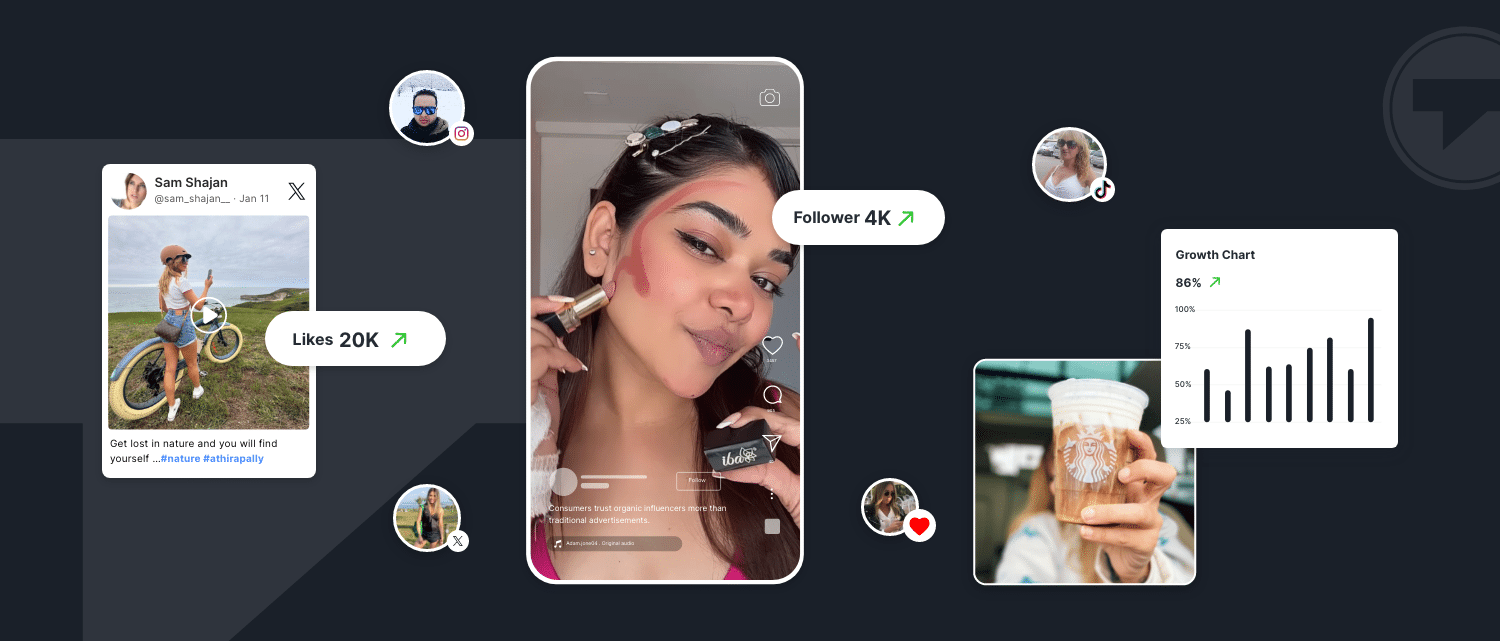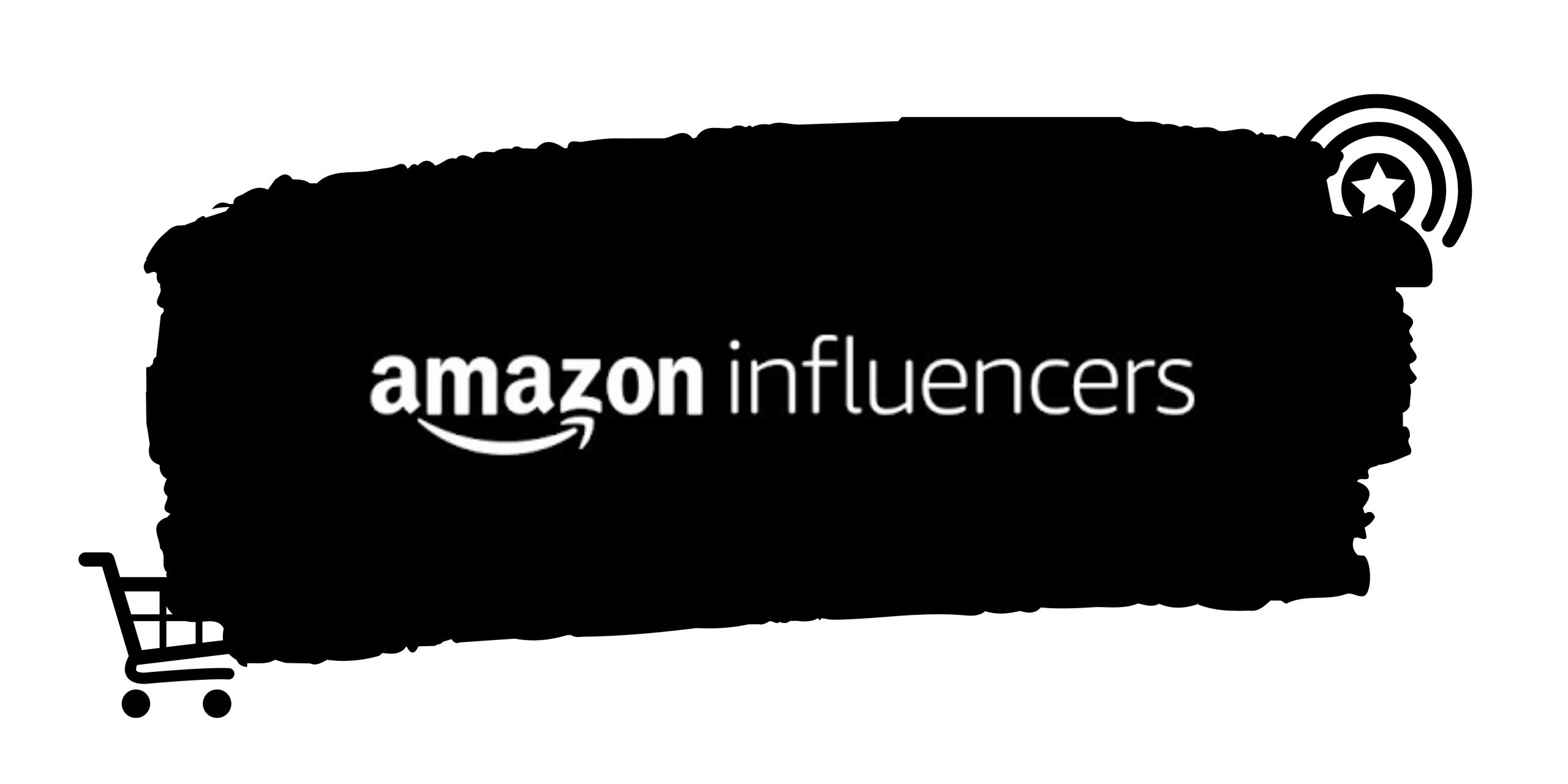Measuring the ROI of an Influencer Marketing Campaign
“According to statistics, 80% of marketers found influencer marketing to be effective in their campaigns, while only 58% reported the same for traditional advertising.“
Now that you know the potential for boosting your ROI with influencer marketing, let’s skip the usual benefits talk – we’re all familiar with the increased brand awareness, targeted marketing, and credibility it offers.
Instead, let’s focus on the numbers. How much can you actually expect and how to calculate the ROI of your influencer marketing campaign? And how to set goals and KPIs for success? How to track your influencer marketing campaign’s success? And many questions that your mind is already bursting with. Let’s go!
Best Practices and Tips for Maximizing ROI of Your Influencer Marketing Campaign
Launching a successful influencer marketing campaign requires more than just finding popular influencers and promoting your products.
To ensure the maximum ROI of your influencer marketing campaign and track its impact, you need to establish clear goals, objectives, and Key Performance Indicators (KPIs) from the outset.
Let’s delve into the importance of defining these elements for your influencer marketing campaign:
1. Defining Your Goals
It’s crucial to identify your broad goals as they help measure the ROI of the influencer marketing campaign. What do you want to achieve with this campaign?
Common goals of influencer marketing campaigns include:
A) Increasing Brand Awareness: Whether you’re a new company trying to make a splash in the market or an established brand looking to reach a new audience. Either way, your goal might be to enhance your brand’s visibility.
B) Driving Engagement: Engagement is a vital metric that measures how well your target audience is interacting with your content. If your goal is to foster a more engaged community, this should be a primary focus.
C) Driving Sales and Conversions: Ultimately, many campaigns aim to generate sales or conversions. Whether it’s encouraging website visits, sign-ups, or direct purchases, this goal centers on driving revenue and is a major part of measuring ROI of your influencer marketing.
D) Building Credibility and Trust: Some brands may focus on building credibility and trust with their audience through influencer partnerships, or sharing UGC, especially if they are dealing with sensitive or high-investment products.
2. Setting Objectives
Once you’ve established your primary goals, break them down into specific, measurable objectives, making it easier to calculate the ROI of your influencer marketing campaign.
Objectives provide a roadmap for your campaign, making it easier to track progress and adjust strategies accordingly.
Your objectives should be SMART:
- Specific
- Measurable
- Achievable
- Relevant
- Time-bound

Examples of well-defined objectives include:
A) Increase Instagram Followers by 20% in Three Months: If your primary goal is to boost brand awareness, increasing your social media following can contribute significantly to achieving that goal.
B) Generate 500 Click-throughs to the Website in One Month: For campaigns with a focus on driving website traffic, this objective helps gauge the effectiveness of influencer content.
C) Achieve a 5% Conversion Rate on a New Product Launch: When your goal is to drive sales, tracking the conversion rate of a specific product launch provides valuable insights.
D) Receive 100 User-Generated Content (UGC) Submissions in Two Weeks: UGC is a powerful way to engage with your audience and build trust. This objective encourages more user participation.
3. Key Performance Indicators (KPIs)
KPIs are quantifiable metrics that indicate how well you’re progressing toward your objectives. Selecting the right key performance indicators depends on your goals and objectives.
Here are some common KPIs for influencer marketing campaigns:
A) Reach and Impressions: The number of people who see the influencer’s content (reach) and how many times it is viewed (impressions).
B) Engagement Metrics: Likes, comments, shares, and other forms of interaction with the influencer’s content.
C) Click-through Rate (CTR): The percentage of people who click on a link provided in the influencer’s content.
D) Conversion Rate: The percentage of people who complete a desired action after clicking on the link, such as making a purchase or signing up.
E) Cost per Acquisition (CPA): The cost associated with acquiring a new customer through the campaign.
F) Return on Investment (ROI): The ratio of revenue generated to the cost of the campaign.
4. Monitoring and Adjusting
Monitor influencer campaigns regularly, using analytics to track progress and identify top-performing influencers.
Adjust strategy if needed.
Clear goals, objectives, and KPIs are essential for success, providing direction and enabling data-driven decisions.
By understanding and tracking these, your influencer marketing campaign can deliver tangible results for your brand. Now, let’s discuss measuring the ROI of influencer marketing.
Calculating Influencer Marketing ROI and Adjusting Strategies

Calculating the ROI of your influencer marketing campaign is the ultimate litmus test of its success. By quantifying the results, you can objectively determine whether your efforts have translated into tangible returns.
The formula for calculating your Influencer Marketing ROI is:
ROI = (Net Return – Investment Costs) / Investment Costs * 100
Let’s understand this with an example,
Suppose a company invested $1,000 in an influencer marketing campaign to promote their product. The campaign resulted in generating $2,500 in net returns, which includes sales revenue and other measurable benefits directly attributed to the campaign.
Let’s break down the components of this formula:
1. Net Return: This refers to the overall gain or revenue generated from your influencer marketing campaign. To calculate the net return, you need to consider two main factors:
– Conversions: This involves tracking the number of conversions that can be directly attributed to the influencer’s promotion.
For instance, if your campaign’s objective was to drive product sales, count the number of purchases made using the influencer’s unique discount code or affiliate link.
If the goal was lead generation, consider the number of sign-ups or registrations that resulted from the campaign.
– Cost Savings: Apart from direct revenue, influencer marketing can lead to cost savings in other areas of your marketing budget.
For example, if the campaign contributed to organic social media growth, you may have been able to reduce your advertising spend on social platforms.
2. Investment Costs: This includes all the expenses associated with your influencer marketing campaign. Key components to consider are:
– Influencer Fees: The fees paid to the influencers for their collaboration. These fees may vary based on the influencer’s reach, engagement, and niche expertise.
– Content Creation Costs: If you provided the influencers with specific content guidelines or creative assets, factor in the cost of producing that content.
– Product or Service Costs: If you offered free products or services to the influencers as part of the collaboration, include their value in the investment costs.
Once you have the net return and investment costs figures, plug them into the ROI formula and multiply the result by 100 to get the ROI percentage.

Interpreting the Influencer Marketing ROI:
A positive ROI percentage indicates that your influencer marketing campaign generated more revenue than you invested, yielding a profitable return. (As you can see in the case of the example given.)
Conversely, a negative ROI suggests that the campaign did not achieve the desired results and may require adjustments in strategy or influencer selection.
Using Influencer Marketing ROI to Make Informed Decisions:
Calculating your Influencer Marketing ROI isn’t just about evaluating past campaigns; it’s also about guiding future decisions.
Analyze the factors that contributed to a high ROI and identify areas that could be optimized.
For instance, if you found that certain influencers had a more significant impact on conversions, consider collaborating with them again for future campaigns. On the other hand, if a campaign had a low ROI, assess the reasons behind it and use those insights to refine your approach.
Remember that influencer marketing is a dynamic field, and the success of campaigns can vary. By regularly measuring your Influencer Marketing ROI and adapting your strategies accordingly, you can harness the full potential of this powerful marketing approach and achieve long-term success for your brand. Wondering how to do that? We got you!
Tracking Engagement and Conversions

Monitoring and analyzing engagement and conversions provide valuable insights into the effectiveness of your influencer marketing efforts.
In this section, we’ll delve into the significance of tracking social media reach and engagement, as well as evaluating direct and indirect conversions.
Measuring Social Media Reach and Engagement:
Social media platforms have become the playground for influencer marketing, offering a vast and diverse audience base.
Measuring social media reach and engagement helps you understand how well your influencers’ content resonates with their followers and, ultimately, how effectively it reaches your target audience.
Social Media Reach:
Social media reach refers to the total number of unique users who have seen the influencer’s content during the campaign.
It provides an essential metric for gauging the exposure your brand receives through the influencer’s posts.
Remember that a more extensive reach doesn’t always equate to better engagement or conversions.
Micro-influencers, for example, may have a smaller reach but often boast higher engagement rates with their dedicated and niche audience.
Influencer’s Engagement
Engagement is a measure of the interactions and interactions that users have with an influencer’s content.
This includes likes, comments, shares, and saves. High engagement signals that the content has resonated with the audience and has successfully sparked conversations and interest in your brand.
It’s crucial to analyze engagement metrics to identify which influencers and content formats drive the most significant impact.
Evaluating Direct and Indirect Conversions:
Conversions are the ultimate goal of any influencer marketing campaign. They signify that the audience has taken the desired action, whether it’s making a purchase, signing up for a newsletter, or downloading an app.
Evaluating both direct and indirect conversions helps you grasp the full scope of your campaign’s influence on consumer behavior.
1. Direct Conversions: Direct conversions are the conversions that can be directly attributed to the influencer’s efforts.
For example, if an influencer shares a unique discount code for your product, you can track the number of times that code was used for purchases.
Similarly, if an influencer promotes a specific landing page, you can measure the number of sign-ups that originated from that link.
Tracking direct conversions clearly links the influencer’s promotion and the resulting action.
2. Indirect Conversions: Direct conversions are more straightforward to track, but influencer marketing often extends its impact beyond immediate actions.
Indirect conversions refer to the actions taken by users who were influenced by the campaign but didn’t convert immediately.
For example, a user might have discovered your brand through an influencer, followed your social media accounts, and later converted after seeing other marketing efforts or receiving retargeting ads.
To evaluate indirect conversions, it’s essential to use attribution models and track the customer journey across different touchpoints.
Tracking engagement and conversions are crucial steps in understanding the impact and effectiveness of your influencer marketing campaigns.
These valuable insights help inform future strategies, optimize your influencer partnerships, and ultimately drive meaningful results for your brand in the ever-evolving world of influencer marketing.
Key Takeaways
Influencer marketing has become a game-changer in the marketing world, and to maximize ROI of your influencer marketing campaign, setting clear goals is essential. Well-defined objectives guide influencer selection and content strategy, whether aiming to increase brand awareness, drive engagement, or boost sales.
Measuring campaign success relies on tracking social media reach and engagement, understanding unique users exposed to influencer content, and evaluating interactions like likes and comments.
Assessing direct and indirect conversions helps comprehend the campaign’s impact on consumer behavior, requiring the use of attribution models and tracking customer journeys across touchpoints.
To achieve long-term success in this ever-evolving landscape, marketers must continuously monitor performance, adapt strategies, and make data-driven decisions.






